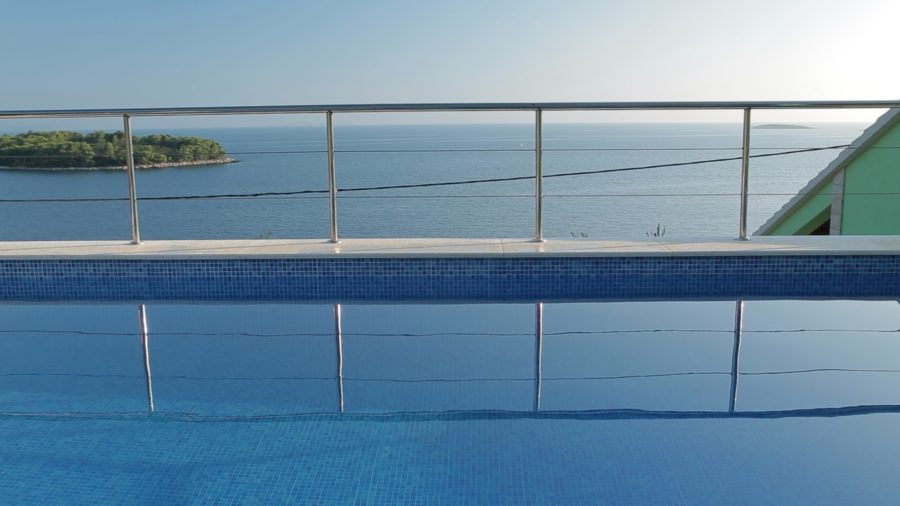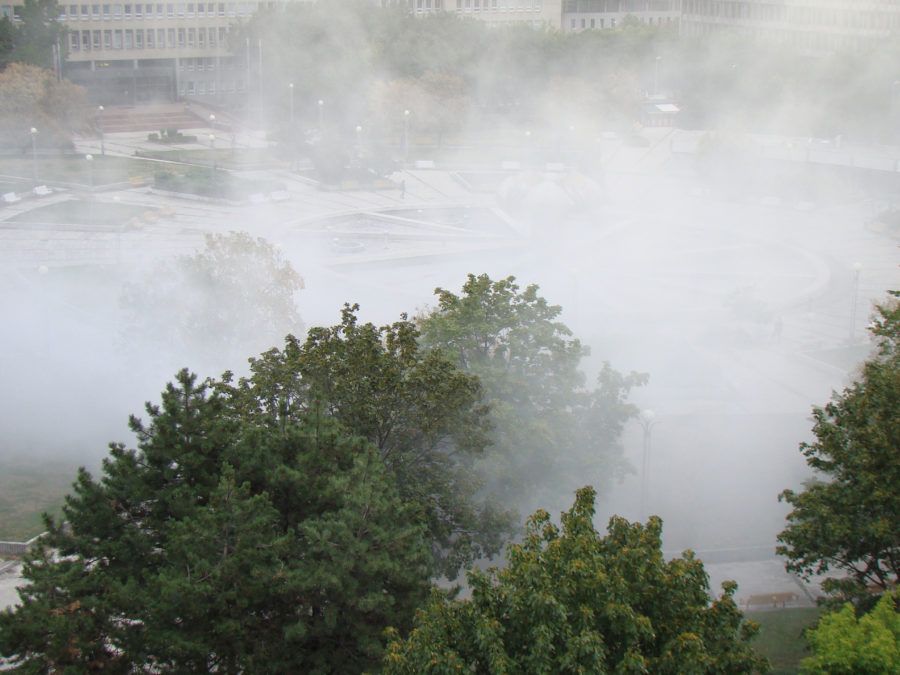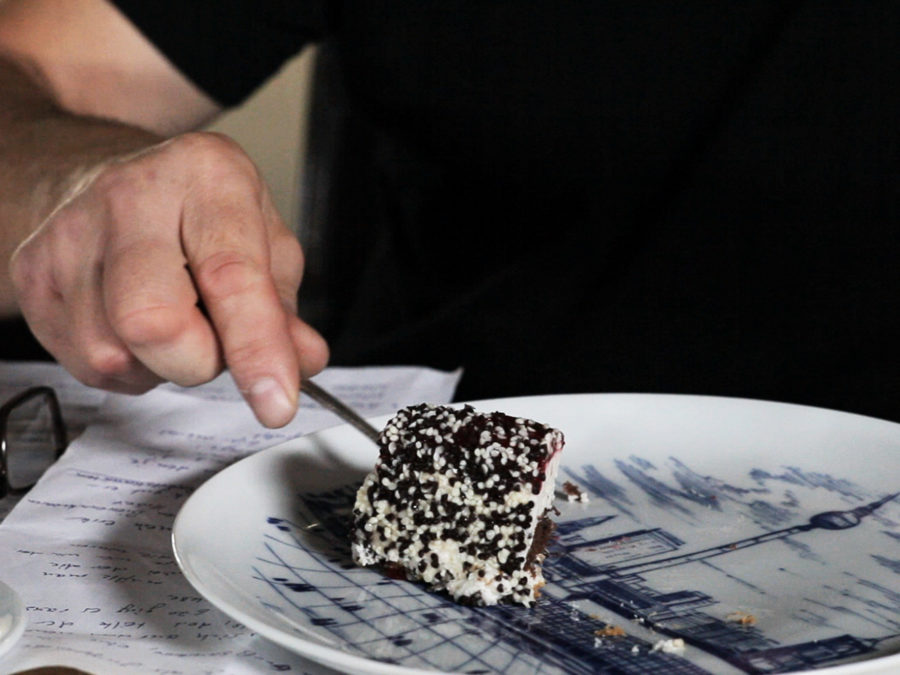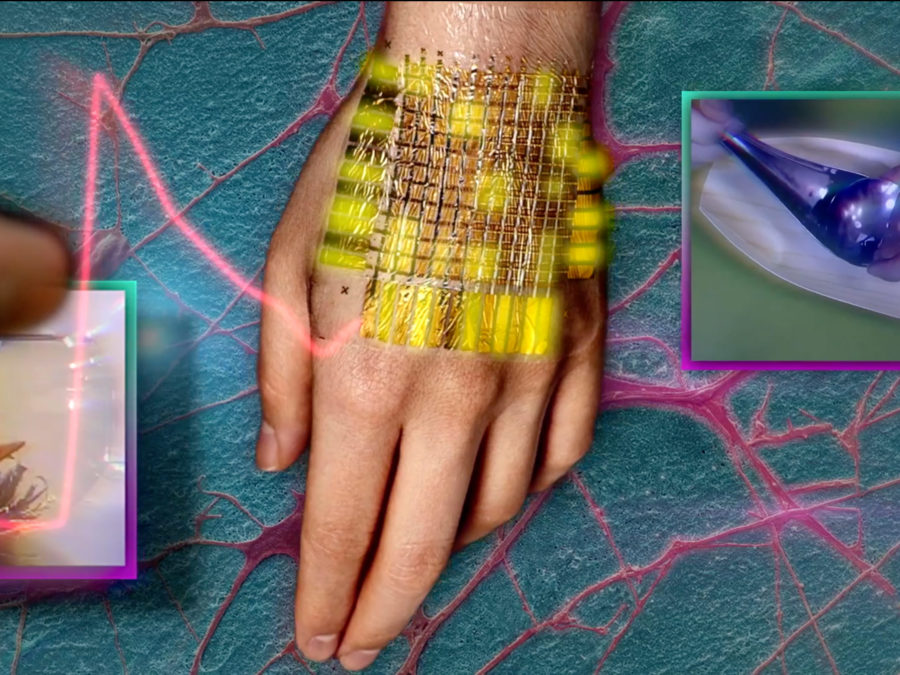We are said to be living in a time of flow, although more often than not, we come across obstacles and states of stagnation. Ana Hušman’s work entitled Almost Nothing (2016) is based on contrasts between motion and immobility, statics and dynamics, sound and silence.* The wind is the lead protagonist, with the various directions it takes, its sudden gusts, and periods of serenity. Recorded on the island of Korčula, this intangible phenomenon seemingly comes from nowhere and belongs to no one was. The work captures different reflections of the wind in the environment, from the fluttering of leaves and the swaying of branches to the wavering of shadows in a tourist apartment. […]
Behind the contradictory title Almost Nothing, the swollen fibre of the (in)visible and the (un)heard consists of two dominant parts. Both the scenes depicting the apartments and the island flora are devoid of humans. Still, human impact on the landscape is strongly palpable. The work indirectly discloses themes of human influence on the transformation of the natural environment, of boundaries between the cultivated and the wild, the natural and the artificial. […] Almost Nothing urges us unobtrusively but consistently to question the cultural and historical components of landscape, its economic and political normativity, and ensuing aesthetics. The assumptions about landscape appear to be conditioned by social and industrial relationships closely related to the politics of spatial management and distribution, where devastation of the shore and islands (mass ‘apartmanization’**) is just one of the latest social phenomena.
* Almost Nothing exists in two versions, as a film and as a multi-channel installation. Initiated in 2013, the piece came about in the framework of a multi-year project entitled Almost Nothing – Ferrari Dalmatia. The work is dedicated to the French composer Luc Ferrari, who in 1968 during his visit to Vela Luka, produced his best-known work Presque rien No. 1 – Lever du jour au bord de la mer [“Almost Nothing No. 1 – Dawn on a Seashore”].
** The word ‘apartmanization’ is often used as a term for the aggressive destruction of coastal areas through the overbuilding of secondary residences.
Extract taken from the essay: Ksenija Orelj, “Landscape for all seasons” (2016).
Script and directing: Ana Hušman
Director of photography: Ivan Slipčević
Editor: Iva Kraljević
Sound recording: Ana Hušman
Sound design: Tomislav Domes
Voice over: Gordana Kovačić, Christian Bushill
Producer: Ana Hušman
Production: Pangolin
Ana Hušman studied multi-media practice and art education, graduating in 2002 from the Academy of Fine Arts Zagreb where she now works as a lecturer in the Department for Animated Film and New Media. She exhibits regularly in solo and group exhibitions. Her films have been screened at many international film festivals and received a number of awards.







